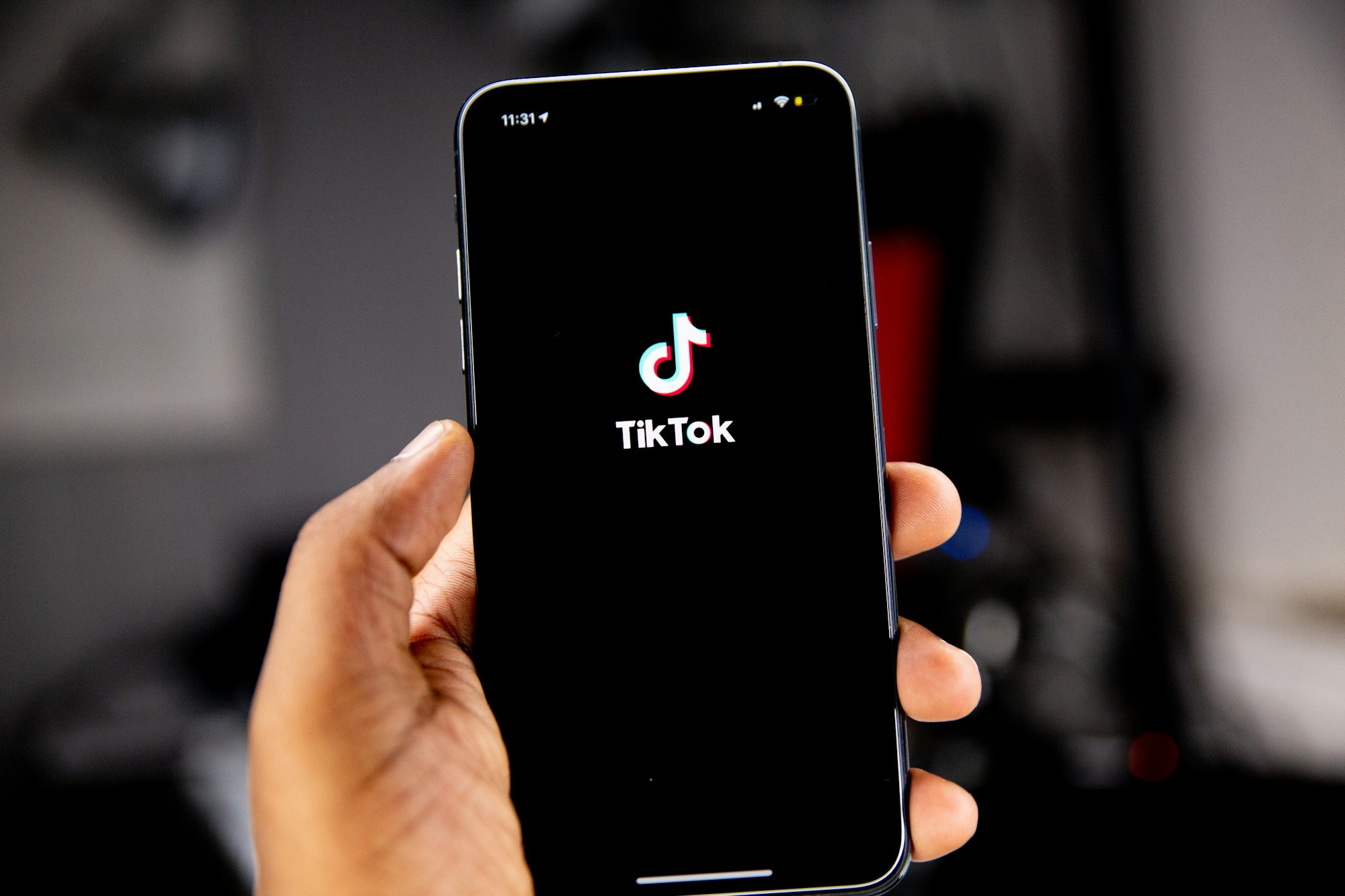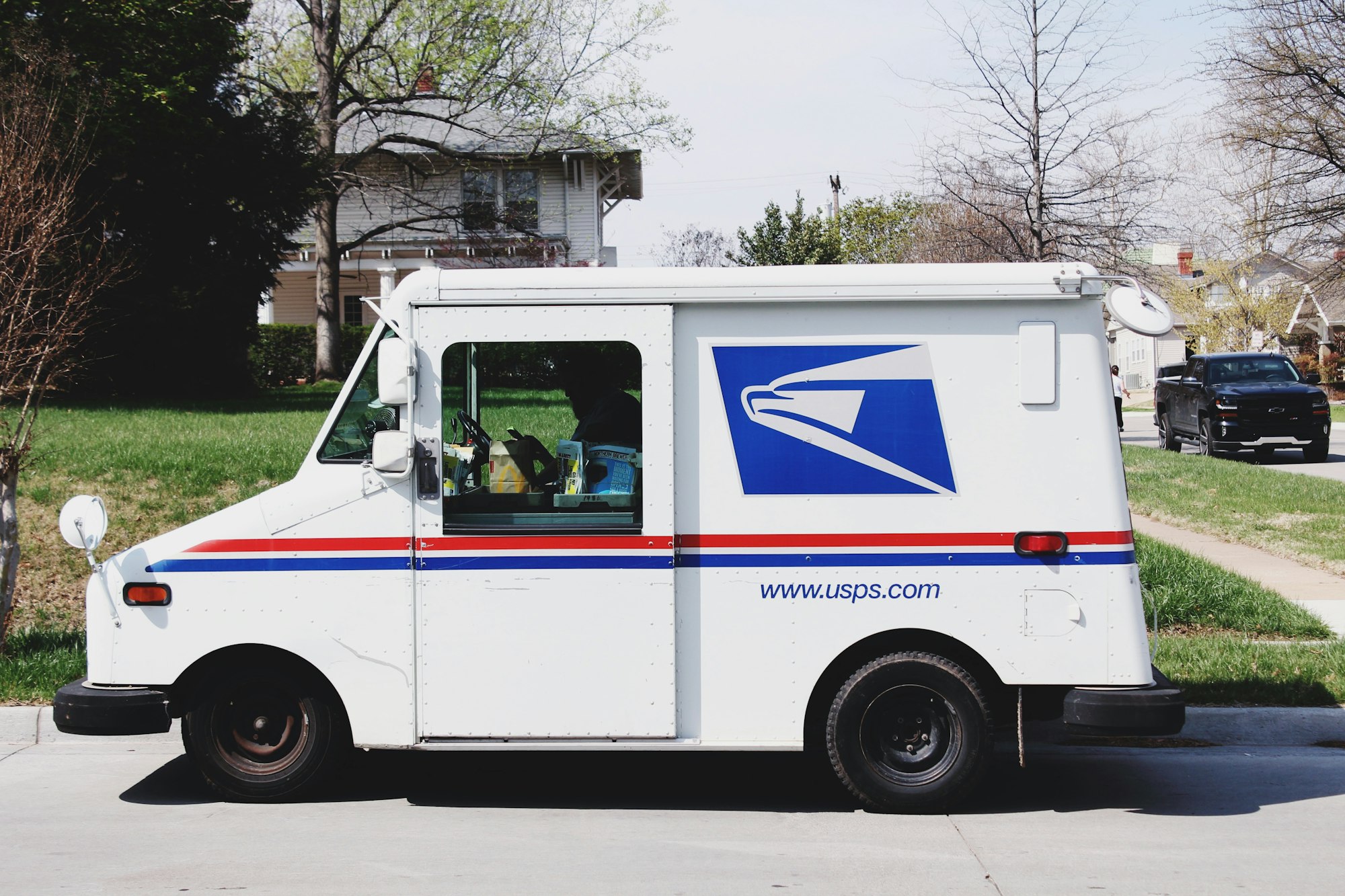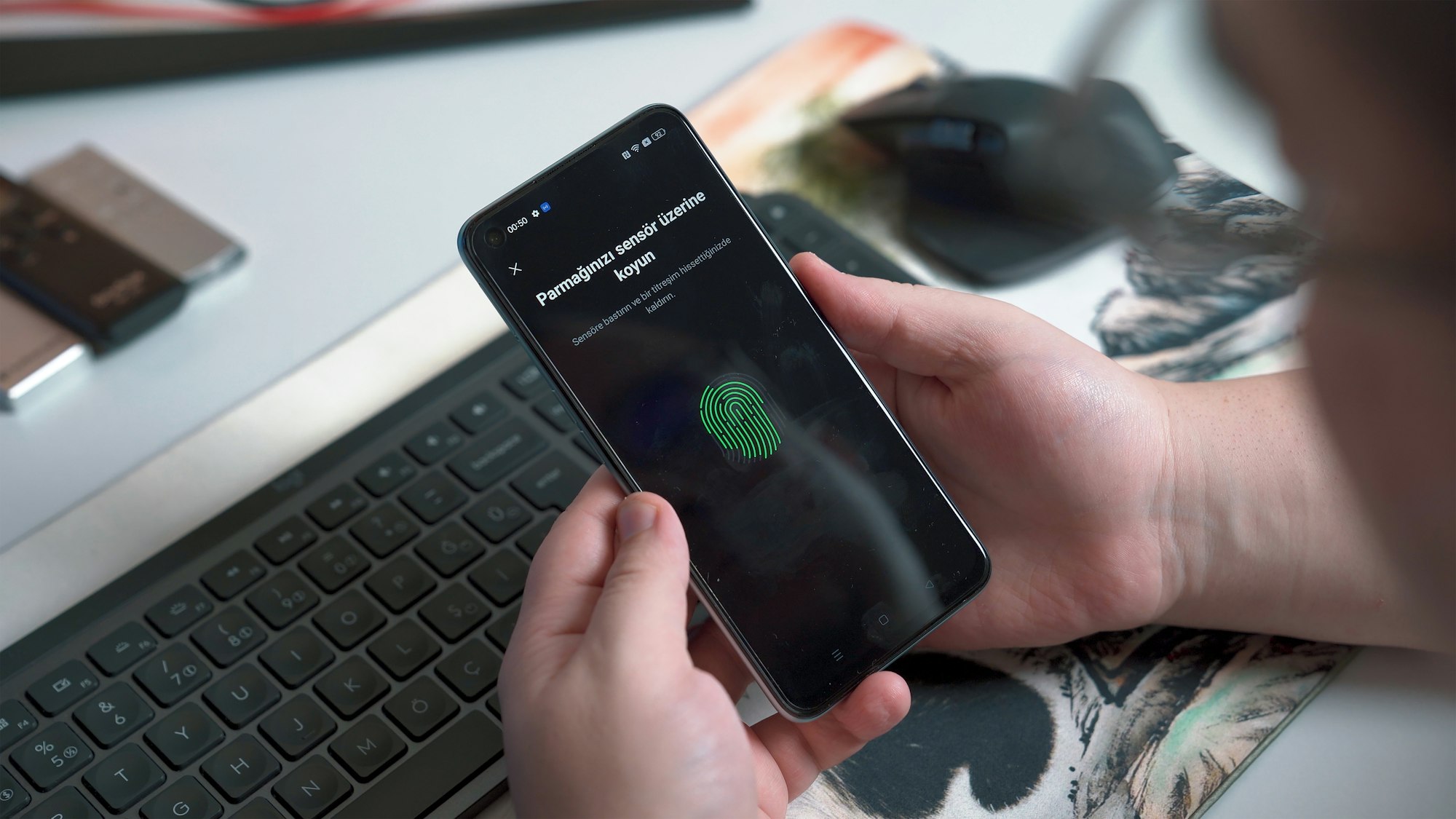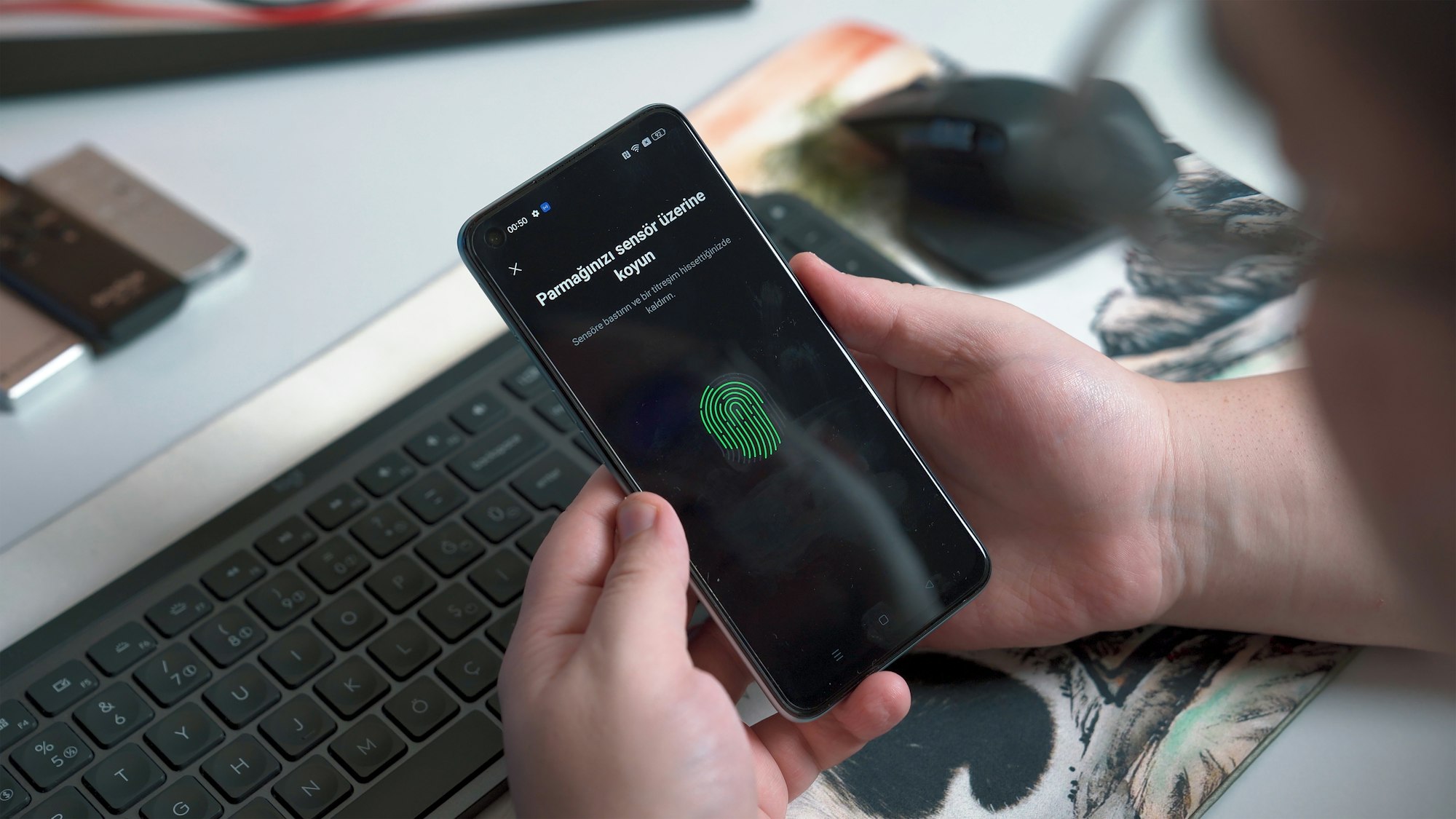Australia's Digital ID and the Israeli Connection: AU10TIX's "Digital Twins" Technology

Executive Summary
Australia's Digital ID Act 2024, which commenced on December 1, 2024, establishes a comprehensive national digital identity verification system that coincides with stringent new eSafety laws requiring age verification for social media platforms. While the government's official system currently operates through myID, Israeli firm AU10TIX has become a significant player in the digital verification landscape, providing identity verification services to major platforms including X (formerly Twitter), LinkedIn, PayPal, and others. AU10TIX's controversial "Digital Twins" technology creates detailed biometric profiles of users, raising important questions about privacy, data sovereignty, and the intersection of private verification systems with public safety initiatives.

Australia's Digital ID System: The Foundation
Legislative Framework
The Digital ID Act 2024 provides individuals with secure, convenient, voluntary and inclusive ways to verify their identity for use in online transactions with government and businesses. The legislation establishes a robust regulatory framework with the Australian Competition and Consumer Commission (ACCC) as the Digital ID Regulator and the Office of the Australian Information Commissioner (OAIC) as the privacy regulator.
The system operates on a phased rollout approach:
- Phase 1 (December 2024): Commonwealth, state and territory government entities can apply to participate in the Australian Government Digital ID System (AGDIS)
- Phase 2 (By December 2026): Private sector entities will be able to apply to participate within the AGDIS

Current System: myID
The AGDIS is currently based around the Australian Government's Digital ID provider (myID), attribute provider (Relationship Authorisation Manager, or RAM) and identity exchange (operated by Services Australia). Users can create digital identities with varying strength levels:
- Basic: Limited access requiring only personal details
- Standard: Requires one identity document
- Strong: Requires passport verification plus additional documents and face verification check that ensures the user is a real person, verifying in real time

eSafety Laws and Verification Requirements
Social Media Age Verification
Australia has enacted the Online Safety Amendment (Social Media Minimum Age) Bill 2024, prohibiting social media use by children under 16 and mandating age verification by platforms. eSafety Commissioner Julie Inman Grant has identified several potential verification methods, including facial recognition technology and AI systems analyzing behavioral signals.
"There are really only three ways you can verify someone's age online, and that's through ID, through behavioral signals or through biometrics. And all have privacy implications," said Inman Grant.
Broader Digital Verification Landscape
As of December 27, 2024, the eSafety Commissioner intends to create industry codes which require Google and Microsoft to enforce age and other identification verification for users. This expansion could mean that basic internet services require identity verification, fundamentally changing how Australians access digital platforms.

AU10TIX: The Israeli Technology Provider
Company Background
AU10TIX, which is controlled by brothers Ron and Gil Atzmon, is a subsidiary of ICTS. Since 2015, AU10TIX has been developing a biometric system that helps detect fake or stolen identities among users of online services. AU10TIX leverages cutting-edge AI and deep learning technology to detect fraud in real-time, with automated solutions that catch fake accounts, identity theft, and other risks.

The "Digital Twins" Technology
AU10TIX's most controversial offering centers around what they term "Digital Twins" - comprehensive digital representations of individuals' biometric and identity data. While AU10TIX doesn't extensively detail this terminology in their public documentation, their platform combines advanced AI, biometric verification, and deepfake detection to offer identity verification with industry-leading accuracy.
The technology includes:
- Biometric Authentication: Real-time comparisons using top NIST-rated algorithms with stringent liveness detection
- Document Verification: Verification of documents such as passports, driver's licenses, and national IDs
- Facial Recognition: Compare facial features in two images using forensic detectors to confirm identity
- Fraud Detection: Multi-layered analysis that validates cryptographic signatures and cross-checks personal identifiable information against government databases
Global Client Base
AU10TIX's clients include some of the largest technology companies in the world, including Airbnb, Bird, PayPal, LinkedIn, and Fiverr. The company has been particularly successful in securing contracts with major social media platforms.
X (Twitter) and AU10TIX Integration
Implementation and Controversy
X, formerly Twitter, has launched government ID-based account verification for paid users, partnering with Israel-based AU10TIX for identity verification solutions. For users that complete the ID verification flow, X collects an image of the ID and the selfie, which include face data and data extracted from the ID. AU10TIX deletes images after 30 days.
The partnership has generated significant controversy. Anti-Israeli users on X are pressuring the platform to sever its ties with AU10TIX, claiming that information it receives from users will end up in the hands of Israel's intelligence services. Elon Musk did not reject the demand outright and instead promised to investigate the issue.
Technical Implementation
X uses AU10TIX, Persona, and Stripe for ID verification, with ID Verification available globally for X Premium subscribers. The verification process provides users with:
- Increased trust through ID verification labels
- Prioritized customer support
- Greater flexibility in profile modifications
Other Major Platform Integrations
LinkedIn, PayPal, and Financial Services
AU10TIX has provided identity verification services to users of Coinbase, Fiverr, LinkedIn, PayPal, Upwork, and more. The company's technology has become integral to know-your-customer (KYC) and anti-money laundering (AML) compliance across financial services.
Microsoft Partnership
Microsoft plans to include the Reusable ID technology in its third-party onboarding flow to streamline repeated validation of user identity verification at critical steps while preventing fraudulent activity and ensuring regulatory compliance.

Privacy and Security Concerns
Data Breach Incident
A significant security incident highlighted the risks of centralized identity verification. AU10TIX exposed identity information for users of Coinbase, Fiverr, LinkedIn, PayPal, Upwork, and more to hackers by failing to secure admin login for 18 months. The admin account had access to the name, birthdate, nationality, ID type and number, and ID image of people using services AU10TIX contracted with.
The company claims to have fully addressed the problem and that no client data had been accessed, though the incident raises questions about the security of centralized identity verification systems.

Data Sovereignty Concerns
The use of an Israeli company for identity verification by Australian platforms and potentially Australian government systems raises important questions about data sovereignty. Users claim that information the company receives reaches Israel's intelligence services, though these allegations remain unverified.
Technical Capabilities and Innovation
AI-Powered Fraud Detection
AU10TIX's Digital ID solution enables businesses to securely verify IDs of all types, including physical, digital, eID, verifiable credentials, and more. The solution validates cryptographic signatures and cross-checks personal identifiable information against government databases from countries like Brazil and India.
Biometric Technology
AU10TIX's biometric authentication system is designed to be seamless and consistent, providing an identification process that users barely notice. It uses real-time video stream monitoring and forensic detectors to verify the user's presence, preventing spoof attacks and enhancing security.
Global Coverage
The solution ensures thorough verification of all digital IDs by validating cryptographic signatures with global coverage, ensuring accessibility and reliability worldwide.

The Intersection: Digital ID, eSafety, and Private Verification
Complementary Systems
While Australia's official Digital ID system operates independently, the eSafety laws create demand for verification technologies that companies like AU10TIX can fulfill. The implementation timeline for social media age verification extends to December 2025, allowing platforms to develop and test appropriate verification systems.
Industry Impact
The adoption of mandatory age verification tools has prompted discussion about data privacy risks, including potential vulnerabilities from the submission of government-issued IDs and personal identifying information.

Future Implications and Challenges
Regulatory Framework
Providers of Digital ID services operating within the AGDIS must be accredited and will be subject to additional regulatory requirements. This creates questions about how international providers like AU10TIX will interact with Australian regulatory frameworks as private sector participation expands by 2026.
Privacy vs. Security Trade-offs
The Electronic Frontier Foundation has identified verification tools as surveillance systems that could impact speech and privacy rights. The challenge lies in balancing legitimate safety concerns with privacy protection and avoiding creating comprehensive surveillance infrastructure.
International Precedents
The Digital ID system marks a significant technological advancement in Australia's approach to identity verification and service access, following similar international trends in digital identity management and online safety regulations, though Australia's comprehensive approach establishes new precedents for national-scale implementation.
Recommendations and Considerations
For Policymakers
- Data Sovereignty: Establish clear guidelines for foreign companies handling Australian identity data
- Transparency: Require detailed disclosure of data handling practices and international data sharing
- Regulatory Oversight: Strengthen oversight of private verification providers operating in the Australian market
For Users
- Informed Consent: Understand what data is collected and how it's used when using verification services
- Alternative Options: Importantly, the creation and use of a Digital ID by an individual is voluntary, and an entity cannot require an individual to create a Digital ID in order to receive or access a service
- Security Practices: Implement strong personal security practices given the risks associated with identity data breaches
For Platforms
- Vendor Due Diligence: Conduct thorough security assessments of identity verification providers
- Data Minimization: Implement practices to minimize data collection and retention
- Transparency: Provide clear information to users about verification processes and data handling

Conclusion
Australia's Digital ID system represents a significant shift toward comprehensive digital identity verification, operating alongside increasingly stringent eSafety laws that require age and identity verification across digital platforms. While the government's myID system provides an official framework, private providers like AU10TIX have become integral to the broader identity verification ecosystem.
AU10TIX's "Digital Twins" technology and extensive client base, including major platforms like X, LinkedIn, and PayPal, demonstrates the global reach of centralized identity verification systems. However, recent security incidents and ongoing concerns about data sovereignty highlight the risks associated with consolidating identity verification in the hands of private companies, particularly those based outside Australia.
As Australia moves toward full implementation of its Digital ID system and eSafety laws, careful consideration must be given to balancing security, privacy, and national data sovereignty. The current trajectory suggests that identity verification will become increasingly pervasive in digital interactions, making the choice of verification providers and regulatory frameworks critically important for protecting Australian citizens' privacy and security.

The intersection of public safety objectives and private verification technologies creates both opportunities and risks. Success will depend on robust regulatory oversight, transparent data handling practices, and maintaining meaningful choice for users in how they verify their identities online.

















